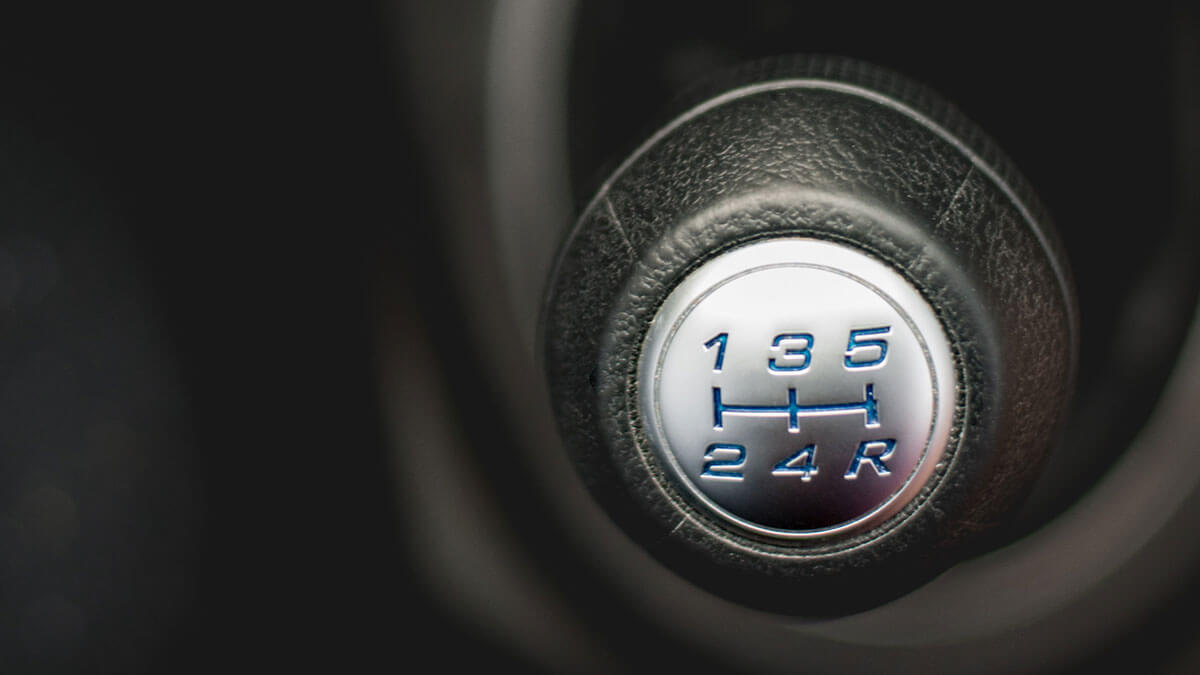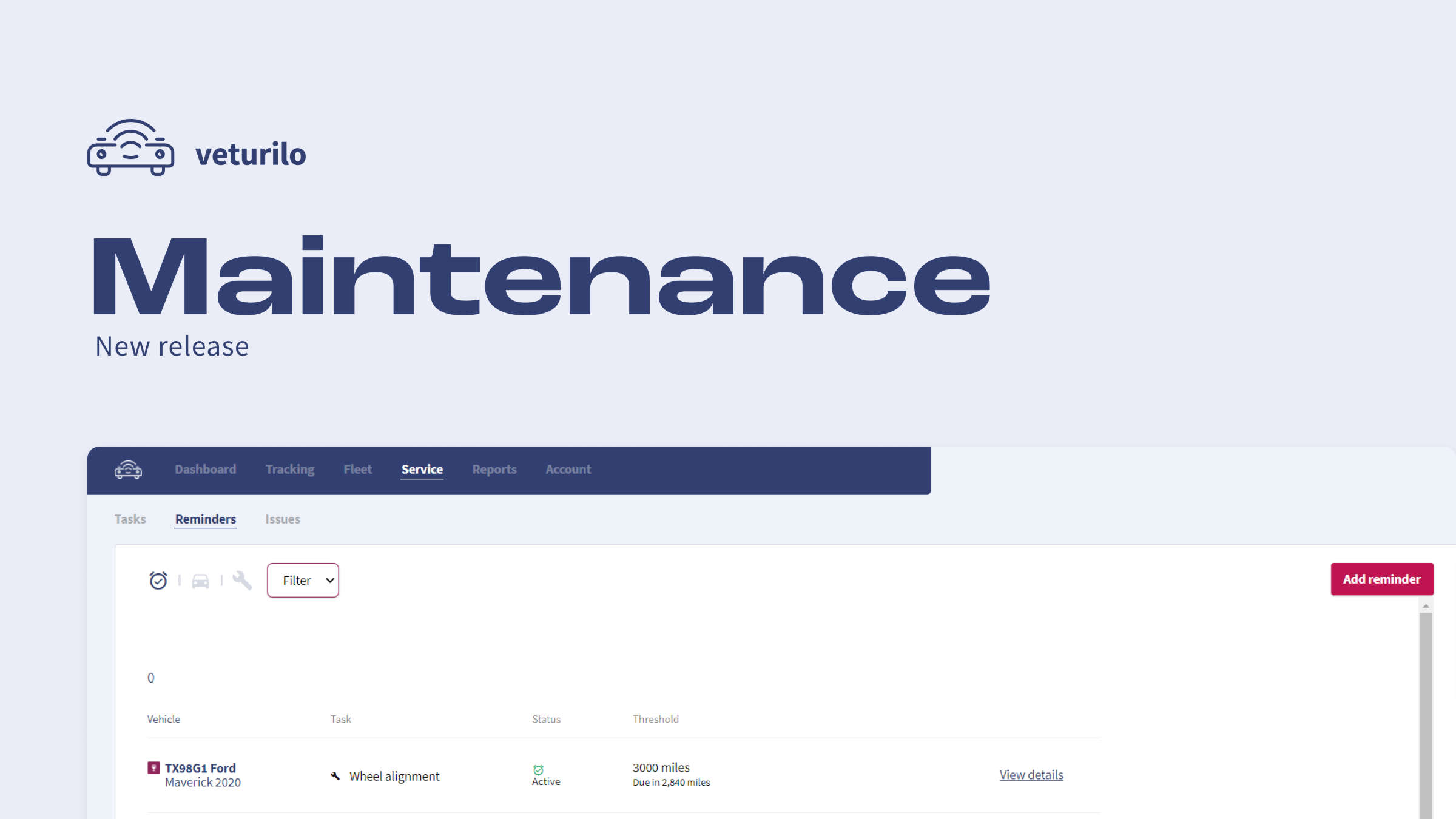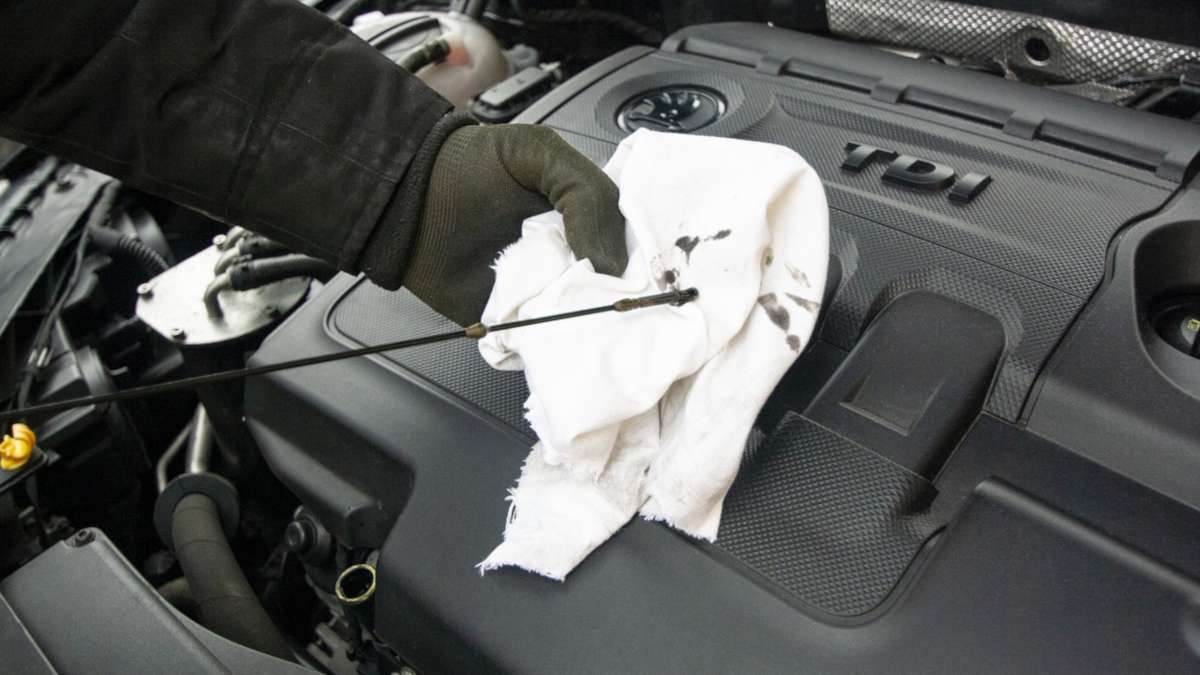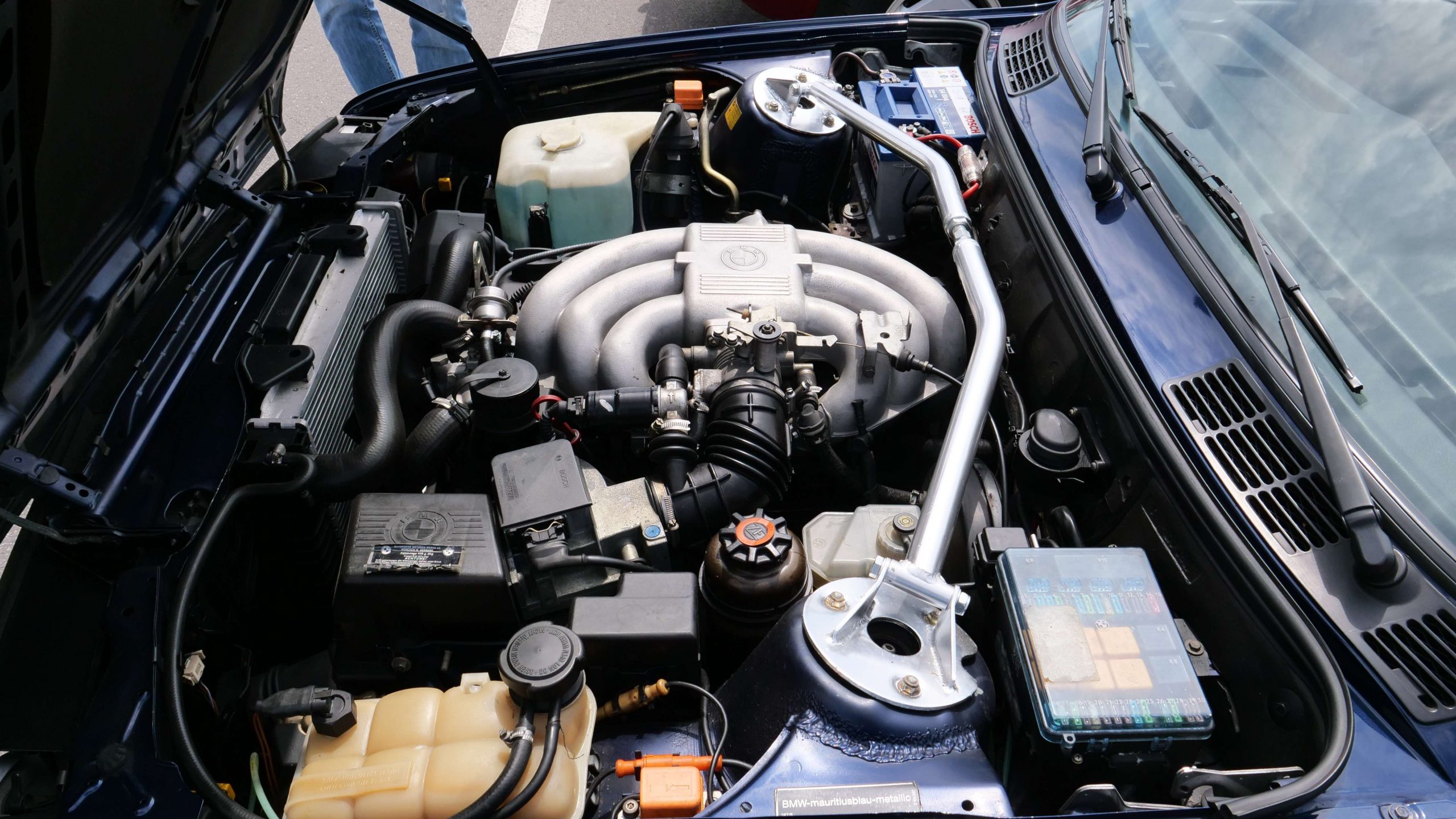
There are a few reasons why a check transmission light may come on. But the main thing to remember is that this is definitely a serious one, which needs to be looked into — fast.
It goes without saying that the transmission is one of the most important moving parts of any vehicle. And, if you are running a fleet for a small business or are a fleet manager, it’s classified under one of the car wanting lights you should never ignore.
Why? Well, if you factor in the cost of replacing a transmission, then you have the main reason right there. By the way, it can be anywhere between $2,000-$3000. That’s in case you needed some extra convincing. And then, there’s also the long-term damage to other parts of the vehicle’s engine. We’ve said it before and we’ll say it again; fleet maintenance is of paramount importance for your business.
So yes, it’s pretty serious. Now that we have that out of the way, let’s have a look at the main reasons why the check transmission light may come on; and what you should do about it if it does.
The check transmission light: why it comes on
As we all know, the “brain” (ECU) of most modern vehicles is there to tell us about problems such as with transmission issues. And that’s why those lights on the dashboard are there. So, it’s not a good idea to ignore any of them. Especially when we are talking about fleet vehicles which are crucial to the success of your business and customer satisfaction.
There can be so many different possibilities behind your check transmission light coming on. And that’s a good reason why most modern vehicles are equipped with a way to communicate with you. You can take this even further, by getting a vehicle management app, like our very own Veturilo. It comes complete with DTC (Diagnostic Trouble Code) alerts, so you can even diagnose the problem your vehicle may have. But now, back to those reasons behind the check transmission light being on.
Possible causes for transmission failure
Here are some of the many possibilities:
A maintenance reminder
It’s a simple maintenance reminder to inform you that it’s time to check or change your transmission fluid.
Low transmission fluid
The first check you should do is take the vehicle in to your trusted auto-repair shop, so they can check the fluid levels; to see if you need a top-up.
High temperature
According to the experts, heat is the number one cause of premature transmission failure. It accounts for approximately 90% of all automatic transmission failures – in the United States at least. So ensure that you always have plenty of transmission fluid and your cooling mechanisms are working. If any temperature lights come on for your engine, or if there is even a hint of a burning smell, always get it checked out immediately.
Likewise, if the vehicle in question is running continuously during the hot summer months and performance seems poor, it’s a sign of something being awry. Especially if it’s pulling heavy loads or doing a lot of uphill and long-distance driving .
Slipping out of gear
If your vehicle starts slipping out of gear on occasion, then you can bet your bottom dollar that it’s a sign your transmission is damaged.
Screaming like a banshee
A high whining sound coming from the engine area when you are driving or changing gear usually means that there’s a problem with your transmission. It could be just low fluid or a blocked filter. But it could also mean the transmission is close to breakdown.
But, that’s not all!
The above list is as close to comprehensive as it comes. But, of course there may also be other reasons that the check transmission light comes on. Hey, you may even get lucky and it may just be a fault with the electrical sensors. Here’s to wishful thinking.
We can’t overstate enough the fact that you need to take full notice of a check transmission light. In the case you do ignore it, you might also hear the engine growl. But, that may mean it’s probably too late.
Negligence costs — a lot
It’s a widely-known fact; the three most expensive parts of a vehicle are the body (or chassis), the engine, and the transmission. And, the truth is, new engines and transmissions can cost more and deliver less. So, these premium products don’t always give you the best fuel mileage afterwards. Just another mental note to make.
What you should do
It’s pretty simple really. You should always stop, and pull over. Check your mirrors and indicate first though, of course! Since you are probably not a mechanic, it’s always the safest choice to stop the vehicle. Preferably, get it towed to your trusted, or nearest auto-repair shop.
You may get lucky, as mentioned. It could be an electrical sensor fault. Or, even, just a wiring problem for the warning system, which is easily repaired. However, it’s better to be safe than sorry as the alternative can be much more expensive.
Here’s a few practical things you can do to try and self-diagnose the issue. As stated, stop immediately. Turn off the engine and wait for a couple of minutes. Then pull out the dipstick for the transmission to check the oil level. If the oil is half way up the dipstick the transmission fluid is likely not the problem. But, in any case, you still should get your vehicle towed. Because, if you continue driving, you could do more damage to the car; and face paying a lot more than what the price of a simple towing costs.
Stay one-step ahead
If you want to always be one-step ahead of your fleet and the potential problems with things like engine light warnings, know this; you get alerts direct to your smartphone and DTC notifications as well, when you use Veturilo. Contact us to learn about how to get started with the best-value vehicle management solution for small to medium-sized businesses.


